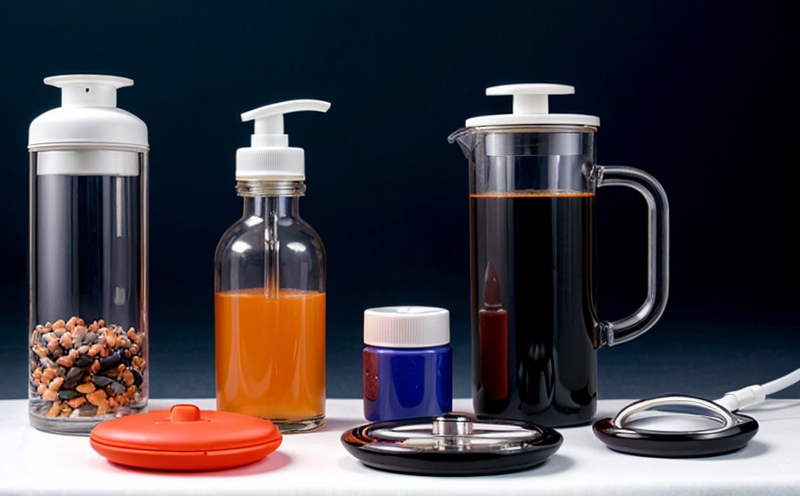
-
MDR Testing and Compliance-
Overview of MDR (Medical Device Regulation)-
MDR vs. FDA Regulations for Medical Devices
We provide comprehensive solutions designed to help our clients mitigate risks, enhance performance, and excel in key areas such as quality, health & safety, environmental sustainability, and social responsibility.
Discover
For many years, our organization has been operating successfully, boasting modern laboratories that meet international standards. These laboratories are equipped with the latest technology devices and equipment, and we have built a strong team of experienced and trained personnel to operate them.
DiscoverWelcome to Eurolab, your partner in pioneering solutions that encompass every facet of life. We are committed to delivering comprehensive Assurance, Testing, Inspection, and Certification services, empowering our global clientele with the ultimate confidence in their products and processes.
Discover
-
MDR Testing and Compliance-
Overview of MDR (Medical Device Regulation)-
MDR vs. FDA Regulations for Medical DevicesMDR vs. FDA Regulations for Medical Devices: Understanding the Key Differences
The medical device industry has become increasingly complex in recent years, with a plethora of regulations governing the design, development, testing, and marketing of medical devices across the globe. Among these regulations, two sets of rules stand out as particularly influential: the Medical Device Regulation (MDR) in Europe and the Food and Drug Administration (FDA) regulations in the United States.
While both MDR and FDA regulations aim to ensure patient safety and device effectiveness, there are significant differences between the two frameworks. Understanding these differences is crucial for medical device manufacturers seeking to enter or expand their presence in European and US markets.
Key Differences Between MDR and FDA Regulations
The Medical Device Regulation (MDR) and FDA regulations have distinct approaches to classifying devices, requiring labeling and advertising, conducting clinical trials, and managing post-market surveillance. Here are some key differences:
MDR uses the EUs medical device classification system, which categorizes devices into four classes based on their risk profile:
1. Class I (low-risk): e.g., band-aids
2. Class IIa (medium-low risk): e.g., surgical gloves
3. Class IIb (medium-high risk): e.g., ventilators
4. Class III (high-risk): e.g., pacemakers
FDA, on the other hand, uses a classification system with three classes:
I: General Controls (low-risk)
II: Special Controls (medium-low to medium-high risk)
III: PMA (Pre-Market Approval) high-risk devices requiring extensive clinical trials
MDR requires manufacturers to conduct clinical trials to demonstrate the safety and efficacy of their devices, which must be submitted to EU authorities for approval
FDA regulations also mandate clinical trials but allow for a more flexible approach, with options for non-clinical studies or real-world evidence
MDR requires manufacturers to label their devices in accordance with EU directives, which include clear instructions on use, maintenance, and disposal
FDA regulations also govern labeling but have more lenient requirements, allowing for flexible labeling depending on the products intended use
Additional Considerations
While these differences provide a general overview of MDR and FDA regulations, there are other factors to consider when navigating these frameworks:
MDR requires manufacturers to demonstrate conformity through an external certification process
FDA regulations also involve a certification process but allow for more flexibility in terms of third-party evaluation
QA Section
Here are some additional details and clarifications regarding MDR and FDA regulations:

Environmental Impact Assessment
Environmental Impact Assessment: A Comprehensive Guide Environmental Impact Assessment (EIA) is a c...
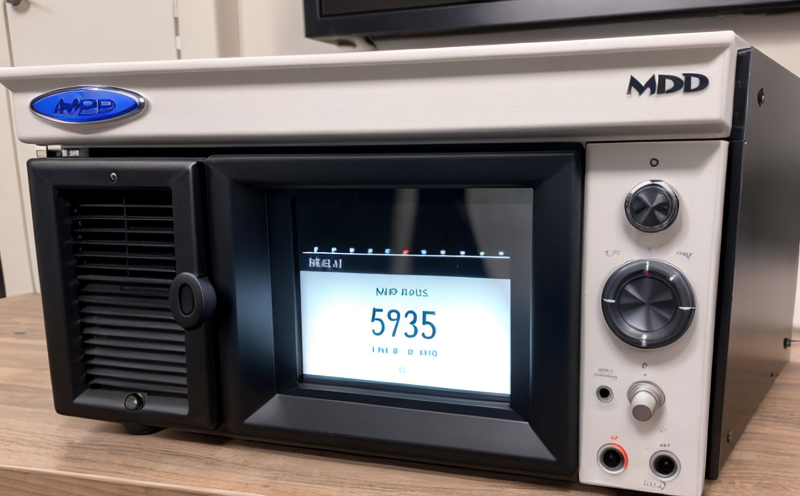
MDR Testing and Compliance
MDR Testing and Compliance: A Comprehensive Guide The Medical Device Regulation (MDR) is a comprehe...

Trade and Government Regulations
Trade and government regulations play a vital role in shaping the global economy. These regulations ...
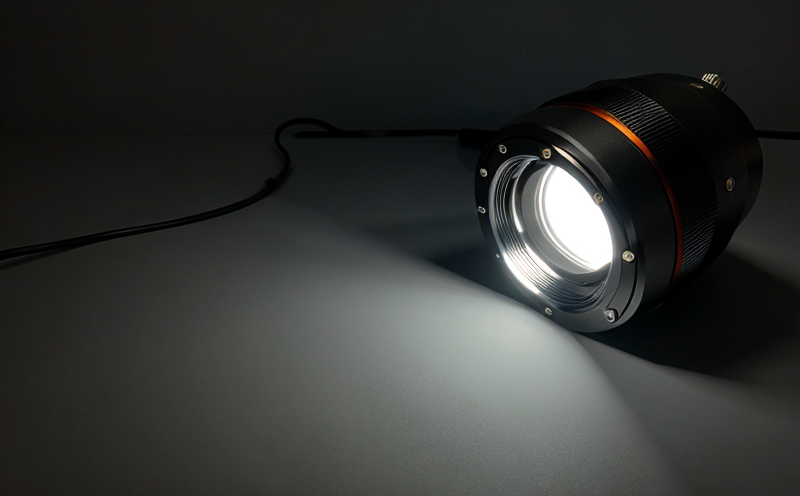
Lighting and Optical Device Testing
Lighting and Optical Device Testing: Ensuring Performance and Safety Lighting and optical devices a...

Military Equipment Standards
Military Equipment Standards: Ensuring Effectiveness and Safety The use of military equipment is a ...

Chemical Safety and Certification
Chemical safety and certification are critical in ensuring the safe management of products and proce...

Agricultural Equipment Certification
Agricultural equipment certification is a process that ensures agricultural machinery meets specific...

Electrical and Electromagnetic Testing
Electrical and Electromagnetic Testing: A Comprehensive Guide Introduction Electrical and electrom...

Food Safety and Testing
Food Safety and Testing: Ensuring the Quality of Our Food As consumers, we expect our food to be sa...
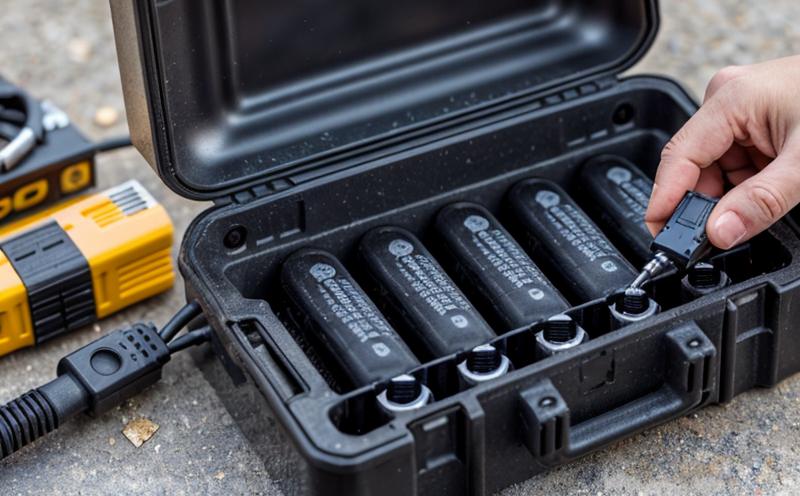
Battery Testing and Safety
Battery Testing and Safety: A Comprehensive Guide As technology continues to advance, battery-power...

Pharmaceutical Compliance
Pharmaceutical compliance refers to the adherence of pharmaceutical companies and organizations to l...

Energy and Sustainability Standards
In today’s rapidly evolving world, businesses face increasing pressure to meet global energy a...

Automotive Compliance and Certification
Automotive Compliance and Certification: Ensuring Safety and Efficiency The automotive industry is ...
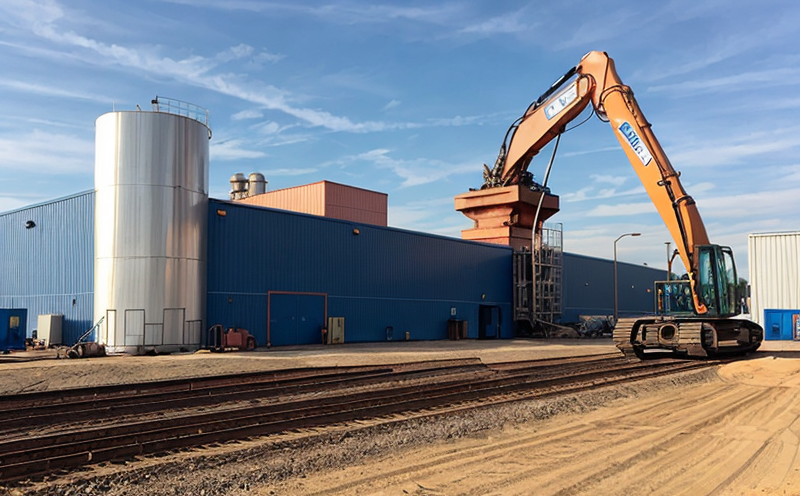
Industrial Equipment Certification
Industrial equipment certification is a critical process that ensures industrial equipment meets spe...

Consumer Product Safety
Consumer Product Safety: Protecting Consumers from Harmful Products As a consumer, you have the rig...

Electromechanical Safety Certification
Electromechanical Safety Certification: Ensuring Compliance and Protecting Lives In todays intercon...

Fire Safety and Prevention Standards
Fire Safety and Prevention Standards: Protecting Lives and Property Fire safety and prevention stan...

Construction and Engineering Compliance
Construction and Engineering Compliance: Ensuring Safety, Quality, and Regulatory Adherence In the ...

Transportation and Logistics Certification
Transportation and Logistics Certification: A Comprehensive Guide The transportation and logistics ...

Aviation and Aerospace Testing
Aviation and Aerospace Testing: Ensuring Safety and Efficiency The aviation and aerospace industr...
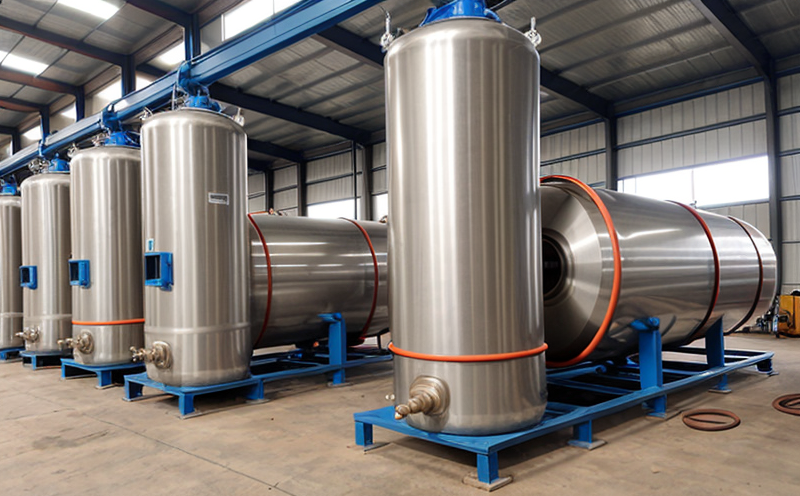
Pressure Vessels and Installations Testing
Pressure Vessels and Installations Testing Pressure vessels are a critical component of various ind...
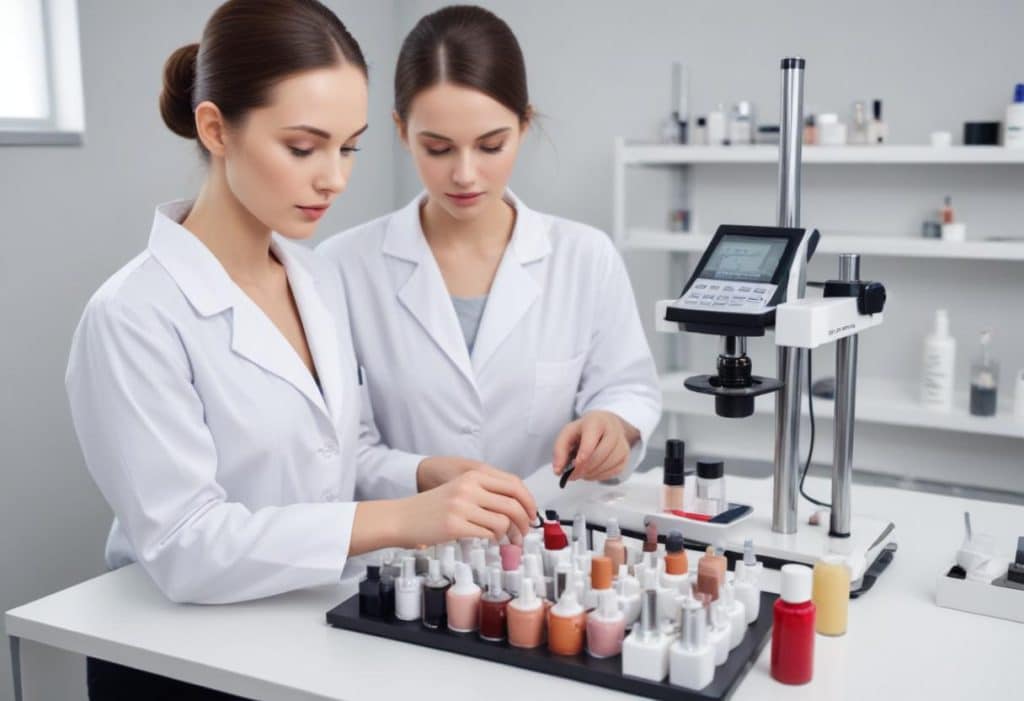
Cosmetic Product Testing
The Complex World of Cosmetic Product Testing The cosmetics industry is a multi-billion-dollar ma...

Railway Industry Compliance
Railway Industry Compliance: Ensuring Safety and Efficiency The railway industry is a critical comp...

Environmental Simulation Testing
Environmental Simulation Testing: A Comprehensive Guide In todays world, where technology is rapidl...
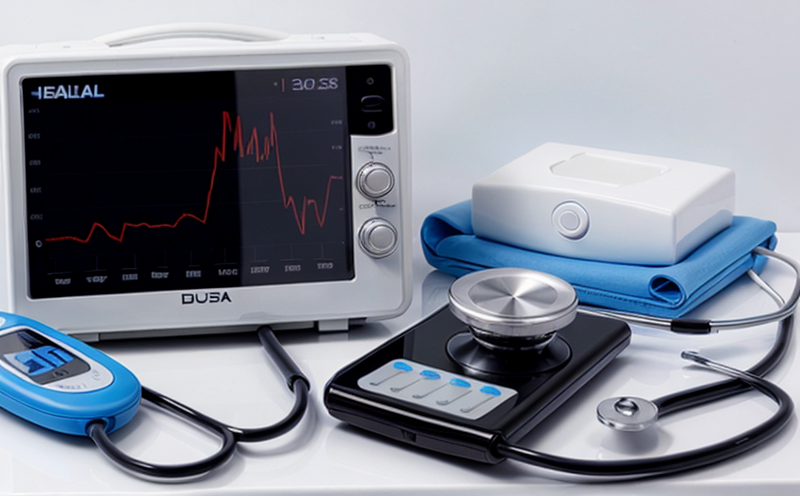
Healthcare and Medical Devices
The Evolution of Healthcare and Medical Devices: Trends, Innovations, and Challenges The healthcare...

IT and Data Center Certification
IT and Data Center Certification: Understanding the Importance and Benefits The field of Informatio...

NEBS and Telecommunication Standards
Network Equipment Building System (NEBS) and Telecommunication Standards The Network Equipment Bu...

Product and Retail Standards
Product and Retail Standards: Ensuring Quality and Safety for Consumers In todays competitive marke...

Hospitality and Tourism Certification
Hospitality and Tourism Certification: Unlocking Opportunities in the Industry The hospitality and ...

Renewable Energy Testing and Standards
Renewable Energy Testing and Standards: Ensuring a Sustainable Future The world is rapidly transiti...